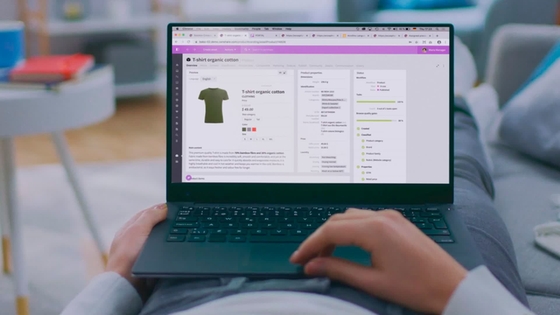Create manufacturing content that matters with PIM, DAM and CMS
In manufacturing, it can feel like the product is all that matters. But it is only the start. How trade clients and end customers discover, try, and appreciate your product is all down to the content that surrounds it. Get that right, and the sky’s the limit. You have to be able to access all the information and assets you need whenever, wherever and you need them to pack a real punch in the marketplace.
Learn how PIM, DAM and CMS from Censhare meets all your content needs, powering your manufacturing business and keeping you ahead of the game.
PIM, DAM & CMS
Nine little letters, a world of potential













